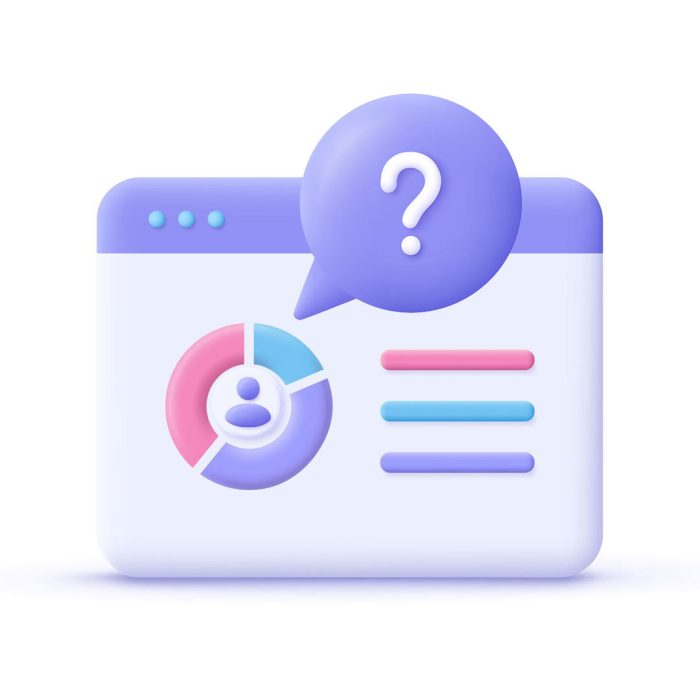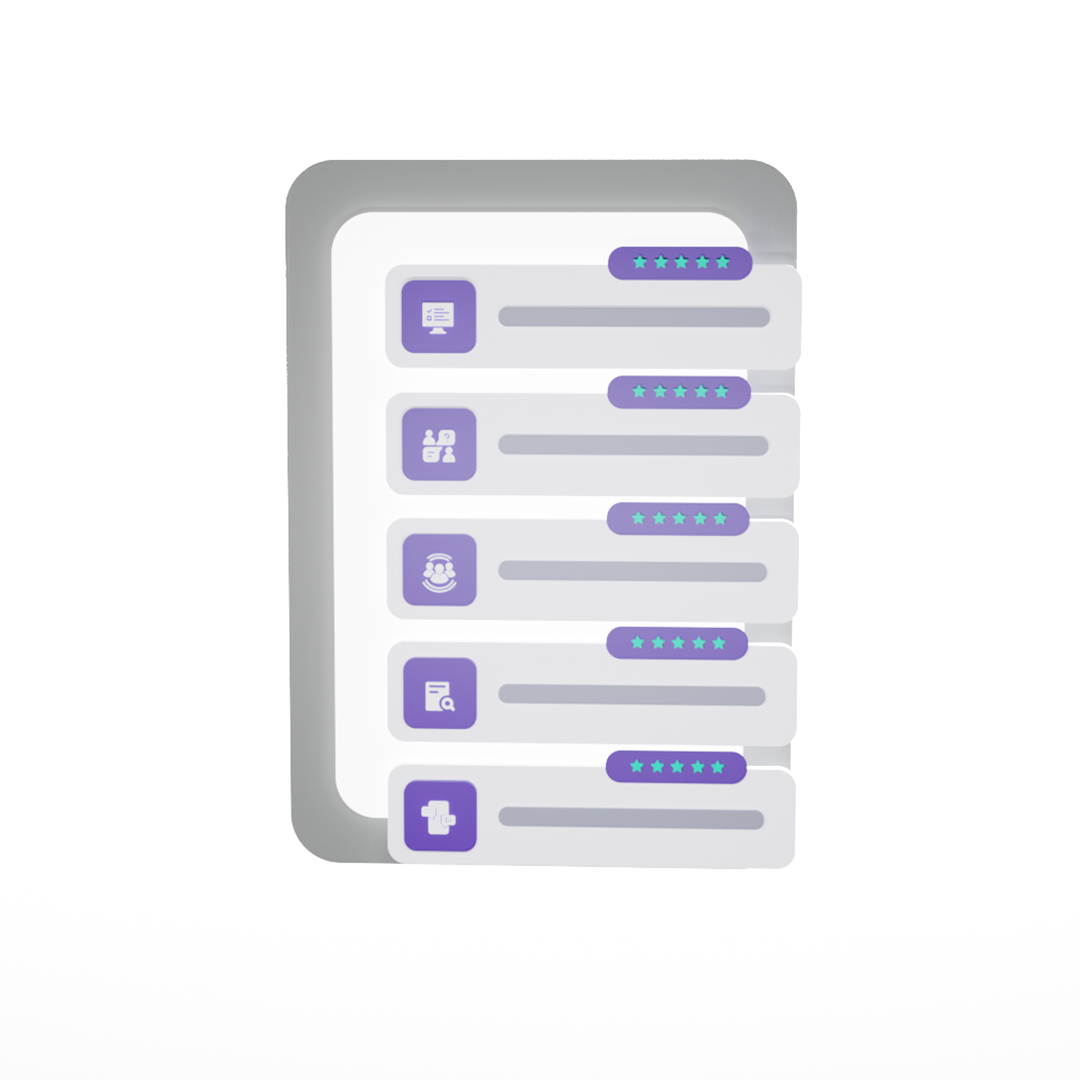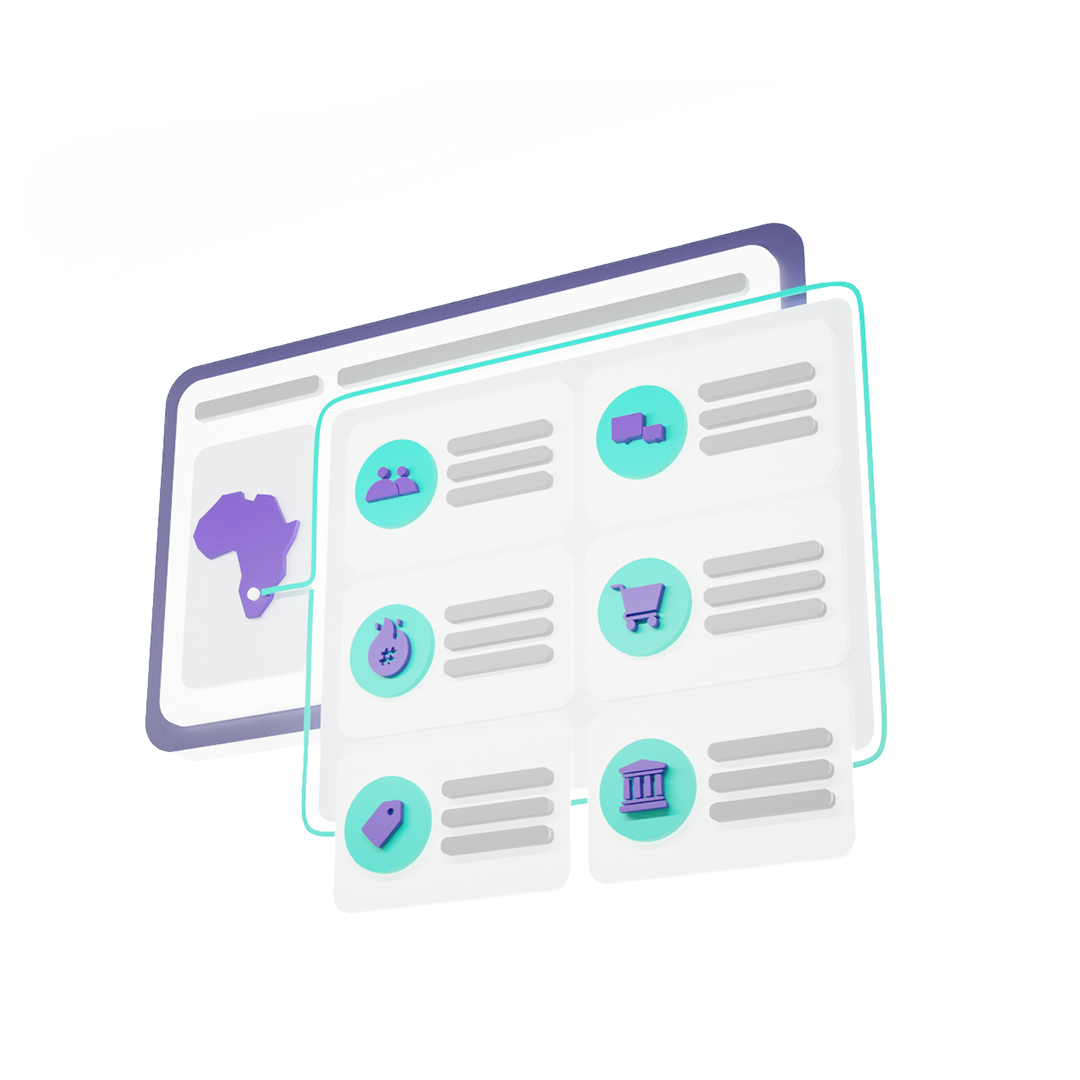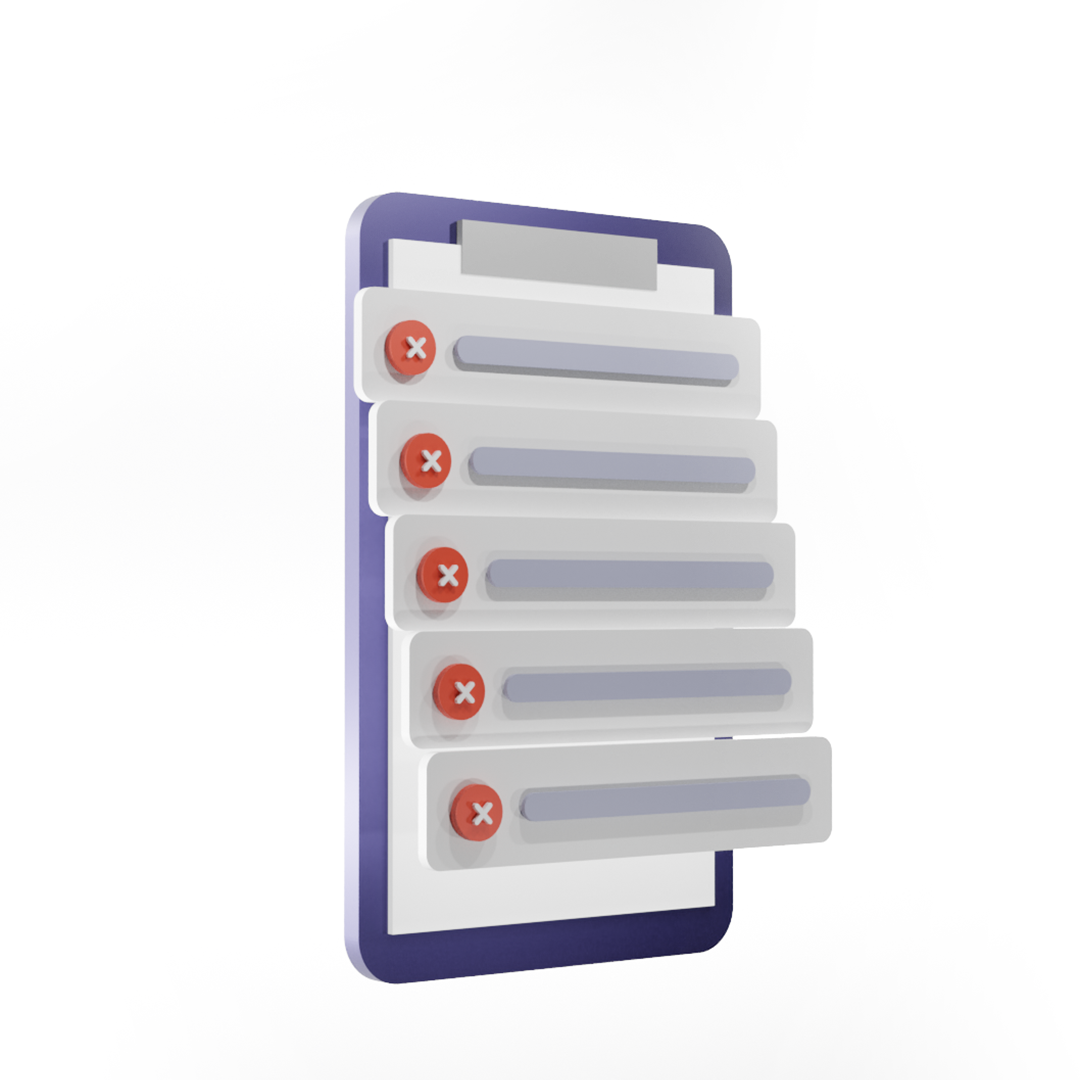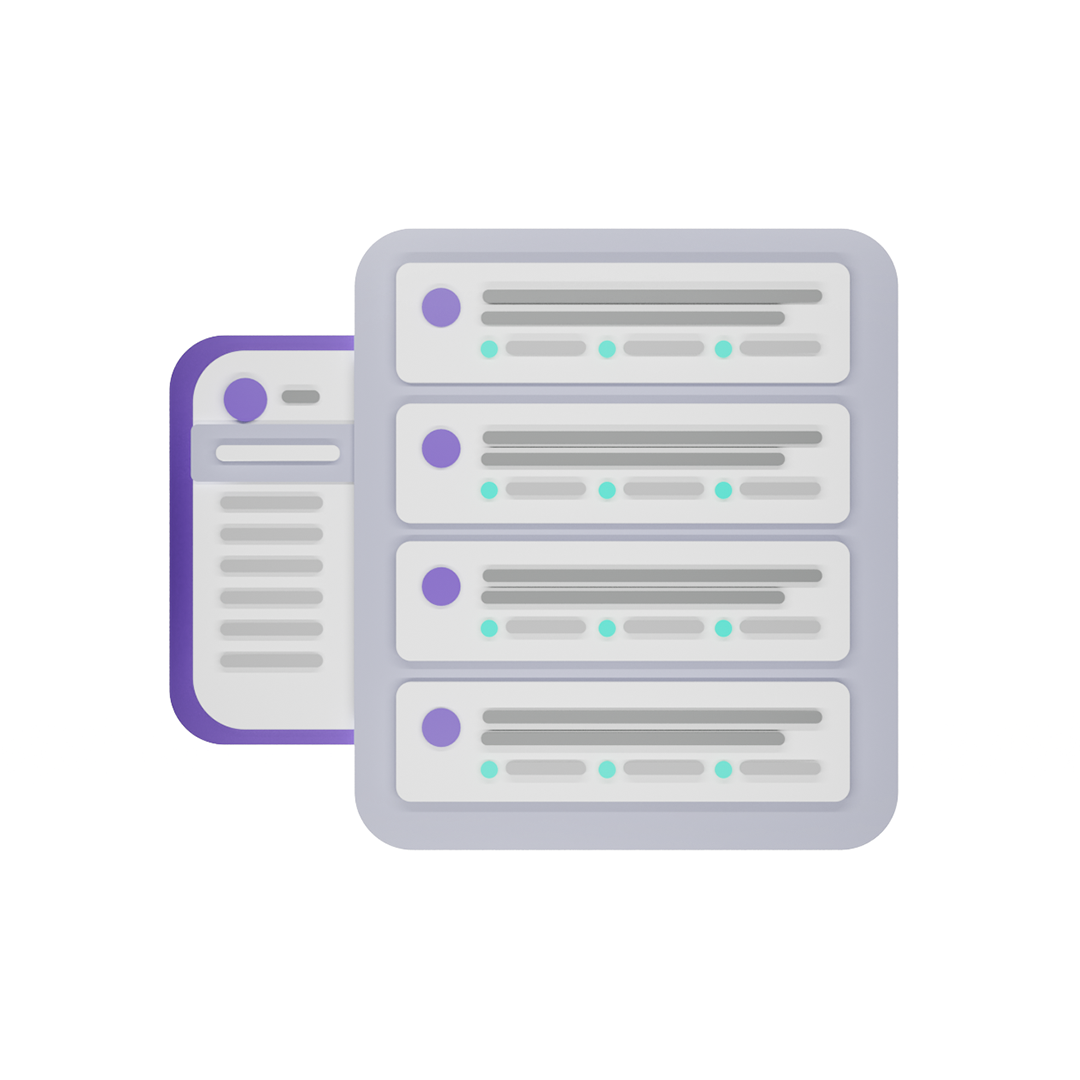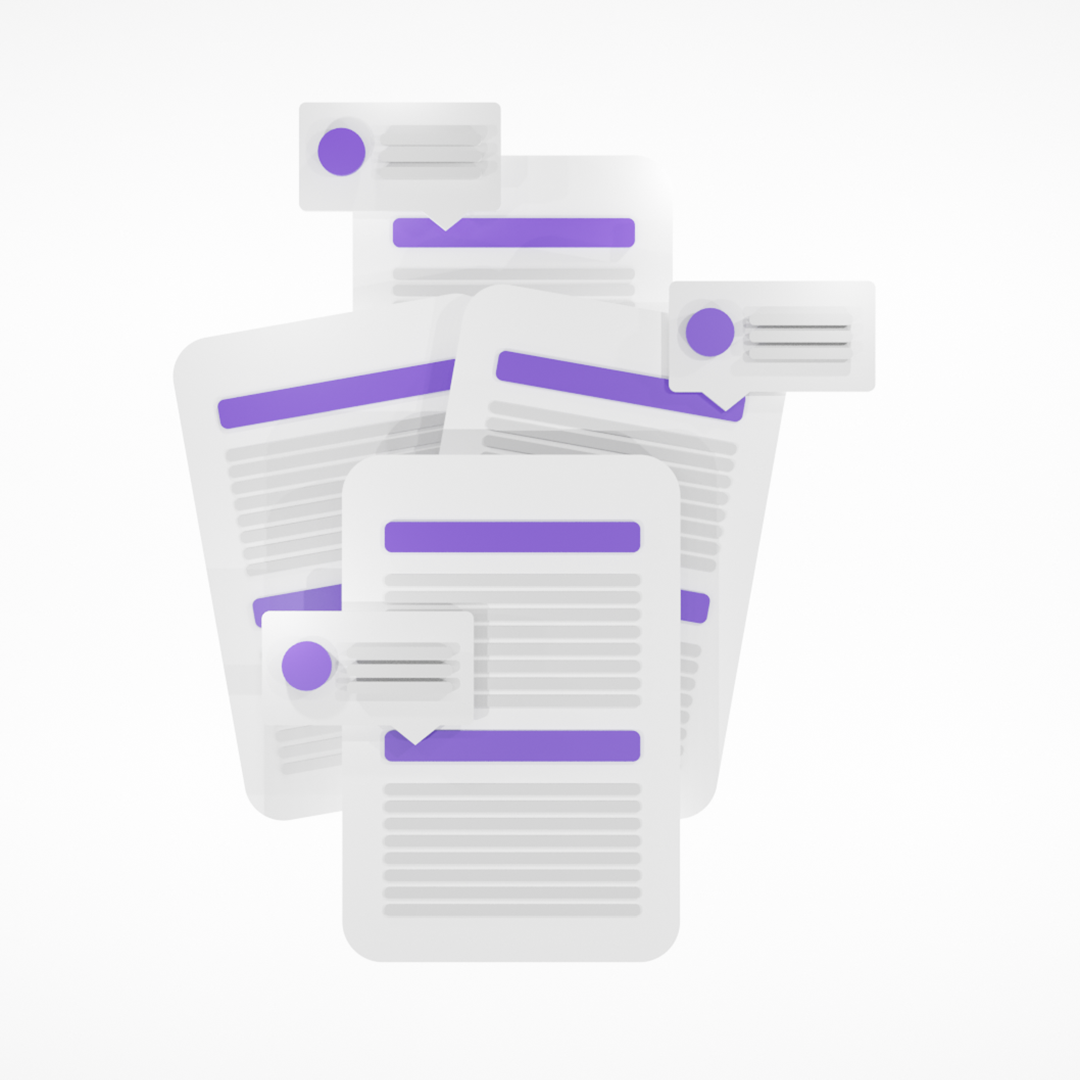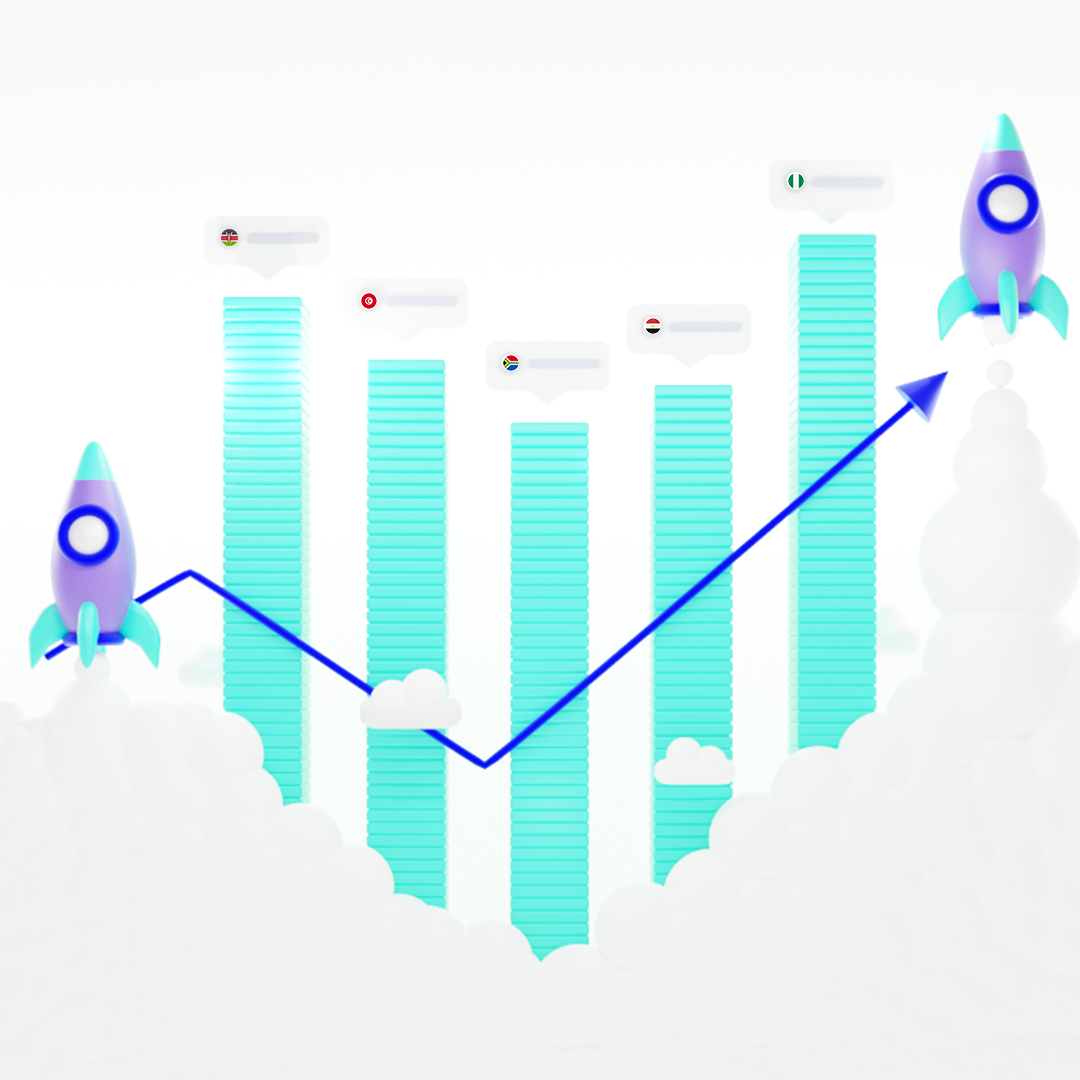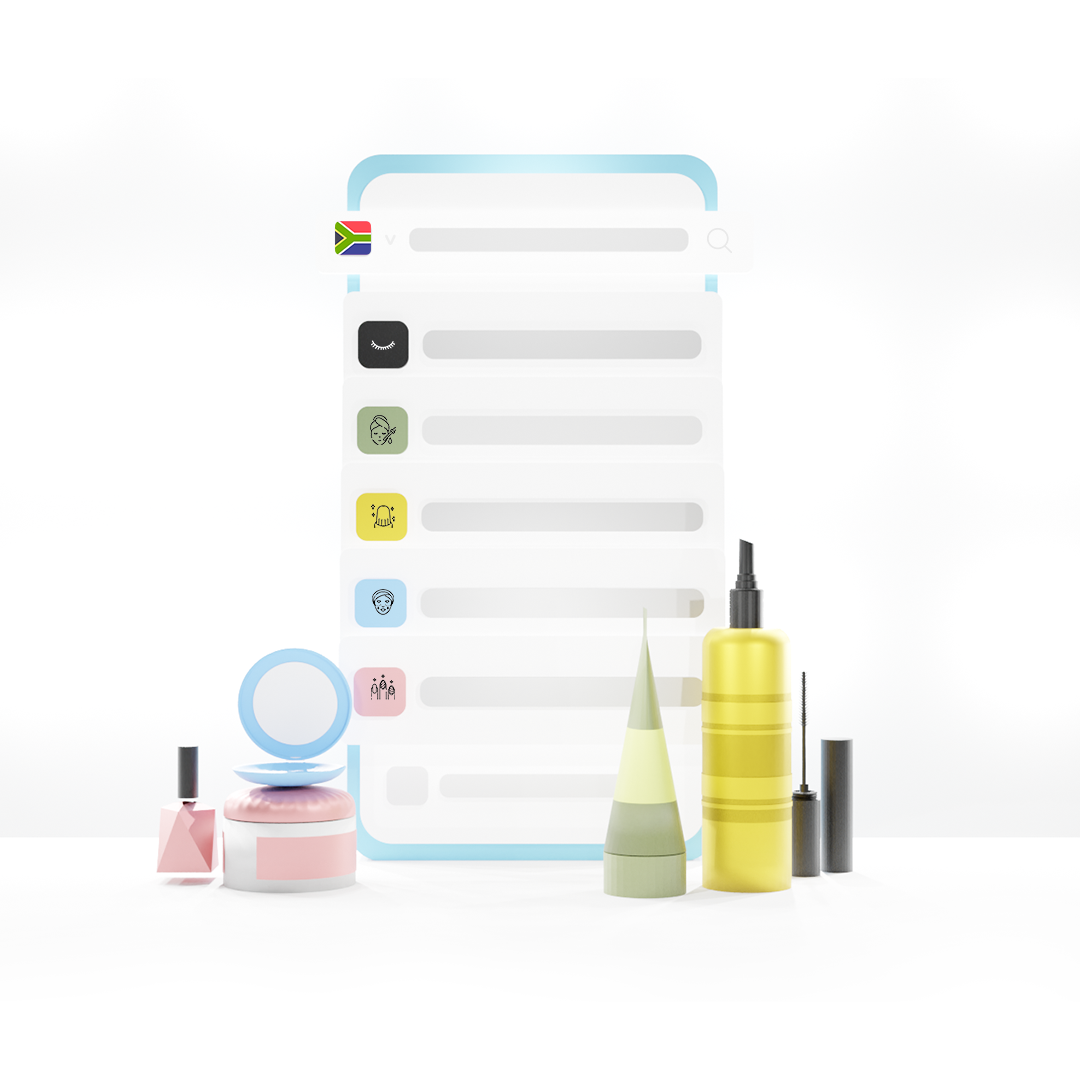Audience measurement data is typically collected to measure the number of people watching television and listening to the radio. It is an important branch of media research, and its principal objective is to qualify and quantify specific information about radio and television audiences.
You’re probably wondering what the point of audience measurement data is. And the short answer is that it enables brands and media companies to plan their strategy. Every media company wants to maximize the profits from each of its programs. So, using this data, they will be able to determine when most people watch a particular show. The program can then be scheduled accordingly.
The African media landscape is rapidly changing today. Previously, most media outlets were government-owned, sponsored, and monopolized. We now face a liberalized private-sector-led environment, with significant increases in media outlets across the continent requiring private funding to survive.
As a result, audience fragmentation and the need for science-based methods of targeting audiences have become critical in Africa.
What is audience measurement?
One of the most important aspects of media research is audience measurement. It would be impossible to learn about the viewing and listening habits of the average TV viewer and radio listener without proper audience measurement.
Audience measurement is the goal-oriented method of collecting, analyzing, presenting, and interpreting data about the size, structure, behavior, attributes, and preferences of individuals interacting with specific media brands or products.
Data is very important nowadays because it can teach us things we didn’t know before. The information gleaned from audience measurement can be extremely valuable, assisting content creators in planning their approach. People can also use audience measurement to determine the price of advertisements at a given point.
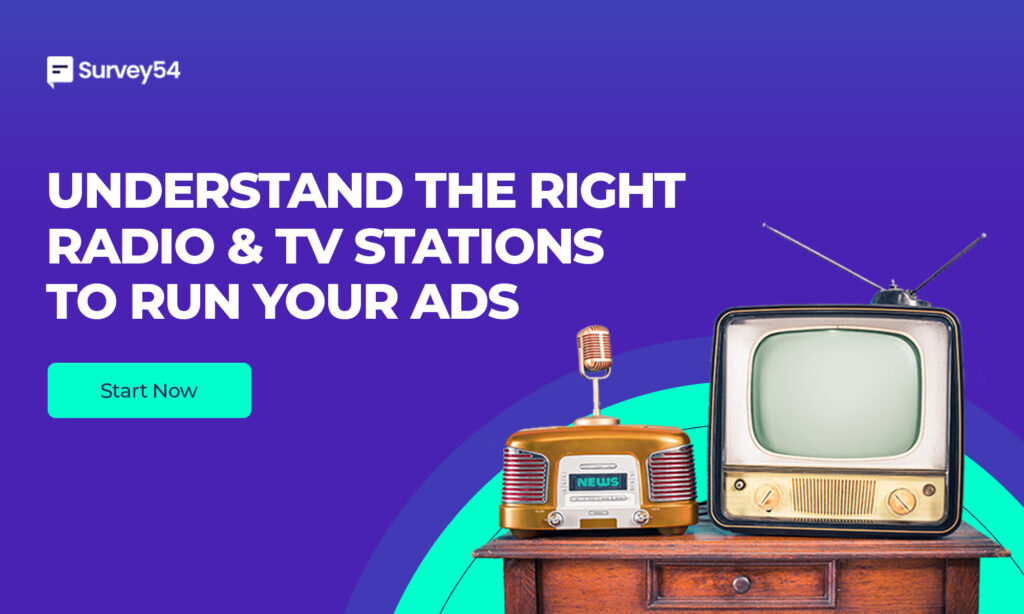
Audience measurement arose from broadcasters’ desire to demonstrate to brand owners that they have a large number of target consumers for their brands. Over time, it has become the currency for buying and selling media ad space. Audience measurement is critical for planning and evaluating media programs and advertising campaigns.
What is audience measurement data?
Audience measurement data is the result you get from gathering responses from AM survey participants. It is an accurate representation of your target audience’s opinions and perceptions. It also serves as the foundation for informed decision-making in a variety of contexts.
You can collect audience measurement data either online through dedicated trackers or offline using foot moderators.
How to best collect audience measurement data?
One of the best ways to collect audience measurement data is the stratification method of data collection. It is a sampling method that divides the total population into smaller groups or strata to complete the sampling process. The strata are formed using some common characteristics found in population data.
Stratification, according to ASQ is “the act of sorting data, people, and objects into distinct groups or payers.” The main advantage of stratified random sampling is that it reflects key characteristics of the population in the sample. This sampling method, like a weighted average, generates features in the sample that are attributable to the entire population. This data collection and analysis method separates data to reveal patterns and is regarded as one of the fundamental quality tools.
Tips to effectively collect and measure audience measurement data
In addition to employing the stratification method of data collection, the following tips will help you effectively collect and measure audience measurement data;
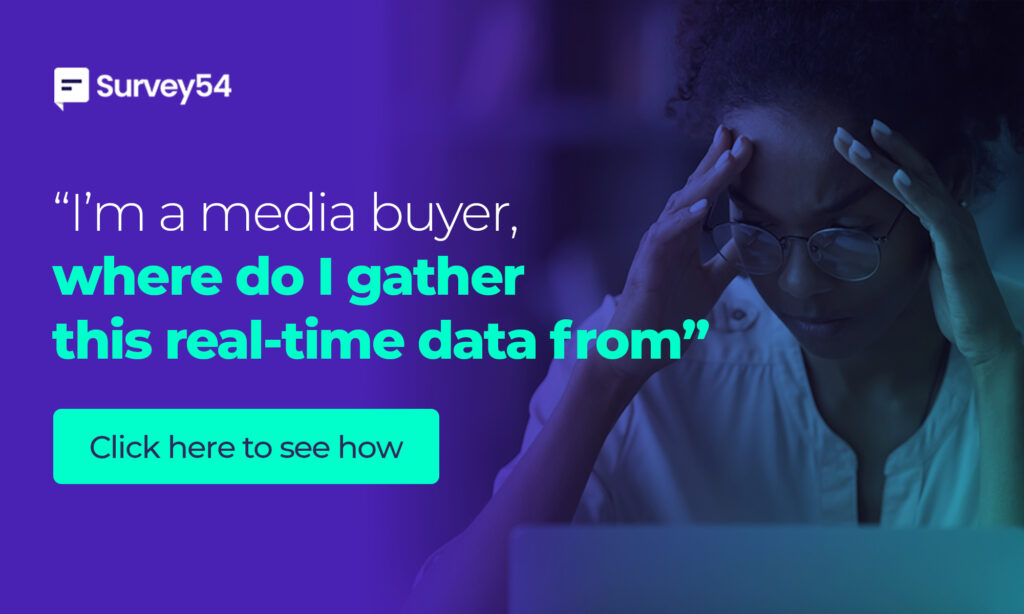
- Web, Mobile Apps, and WhatsApp are great options to collect large Audience Measjrement data. There is also the option of SMS/USSD for specific cases. Your data must also come from the specified demography for perfect representation.
- For real-time data, you should sample a minimum of 500 – 1000 respondents daily. Although, this is dependent on the region you are focusing on. Collecting audience measurement data daily is paramount for a high recall rate; this is critical to the success of your audience measurement exercise.
- The right audience measurement survey agent will let you know how you are performing against competitors. This is necessary to guide you in the direction you need to focus on for an optimum result.
- A reliable audience measurement provider also lets you know your share of listenership/viewership. Survey54’s Ad-intel/ commercial monitoring technique tells clients if their adverts were played or not.
- Cost is not an impediment to adequately collecting and measuring audience measurement data. Pricing can be bespoke. Startups that cannot afford the full package can be accommodated by removing some features and allowing them with the basics.
Book a demo with Survey54 for reliable audience measurement data
The audience measurement tool from Survey54 can collect regular audience measurement data from African countries. Media companies in Ghana have already begun to reap the benefits. Survey54 provides accurate, up-to-date audience measurement data for radio and TV via a unique mobile-based methodology, allowing media houses, brands, and agencies to target their audiences in the right Radio and TV stations and also measure the ROI of advertisements.
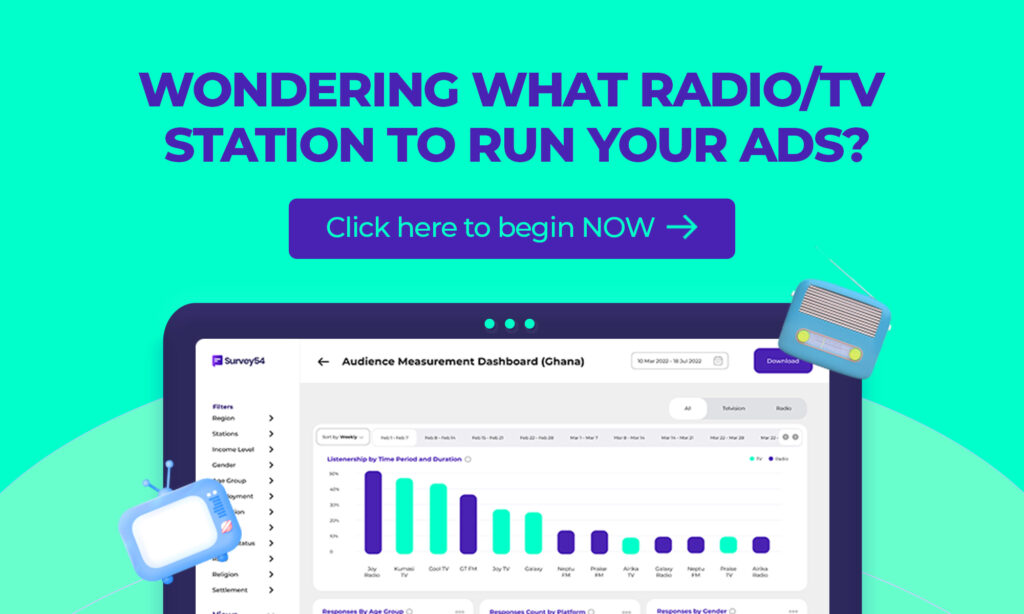
With the help of Survey54, advertisers can conduct video surveys, and Radio & Television stations can gain insights about their audience, including the impact of their ad campaigns on their targeted audience. These insights and more may be obtained remotely using the audience measurement tracker. You can join other media stakeholders to enjoy the power of Survey54’s AM product when you book a DEMO with us.

